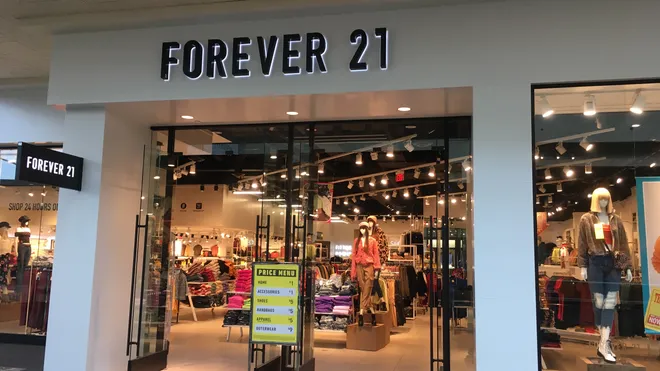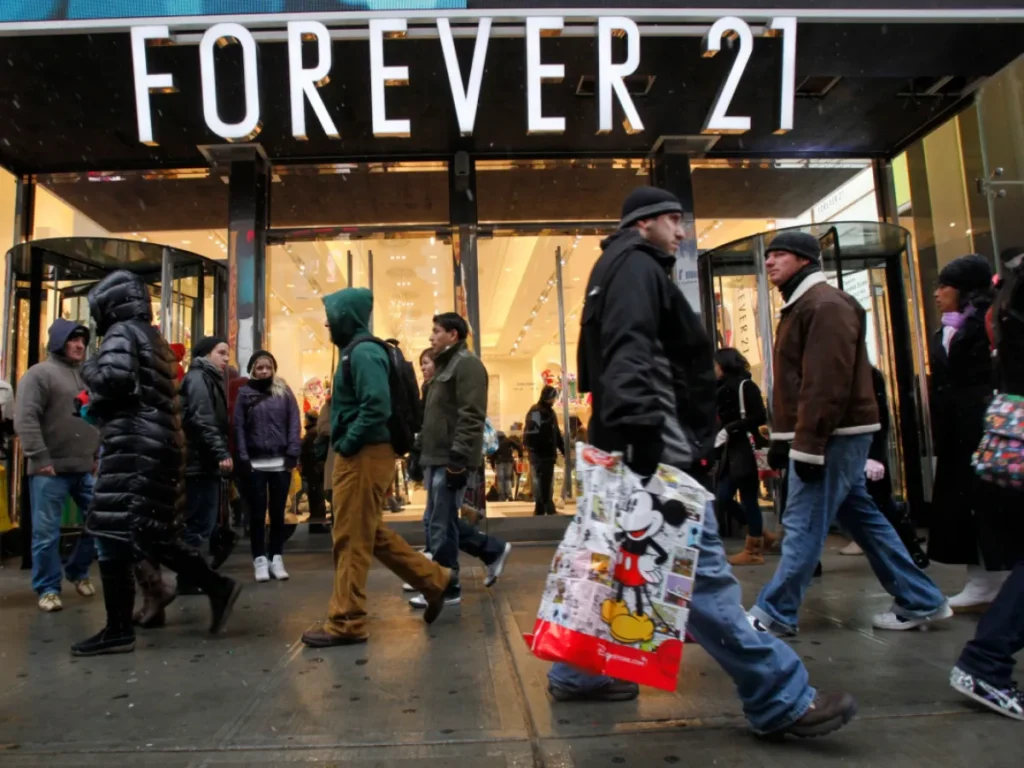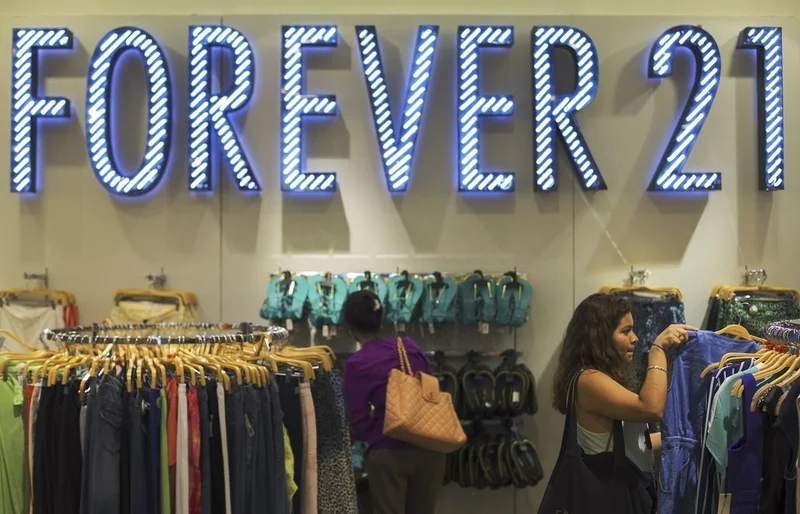Forever 21, the iconic American fashion retailer, is once again facing financial turmoil as its U.S. operator gears up for a potential bankruptcy filing. This move comes after several years of struggling with mounting debt, changing consumer habits, and fierce competition from online retailers. Forever 21, which once symbolized affordable, trendy fashion for young adults, is now at a crossroads, grappling with the need to redefine its business model to remain relevant in the fast-changing retail landscape. The bankruptcy filing is expected to be a strategic step to restructure the company’s finances and operations, aiming to reinvent itself for the future of retail.
Changing Consumer Habits and the Shift to E-Commerce
The retail landscape has undergone significant changes over the past decade, with the rise of e-commerce giants like Amazon, as well as the growing trend of online shopping, which has drastically shifted consumer behavior. Traditional brick-and-mortar stores, such as Forever 21, have found it increasingly difficult to compete with these online platforms, which offer convenience and often lower prices. The COVID-19 pandemic further accelerated the shift toward digital shopping, and many retailers, including Forever 21, struggled to adapt to these new realities. The company’s reliance on physical stores, paired with heavy debt loads, ultimately led to its financial challenges.
Forever 21’s Previous Bankruptcy and Restructuring Efforts
Forever 21’s troubles are not new; the brand filed for Chapter 11 bankruptcy protection in 2019, and the restructuring efforts at that time focused on reducing store counts and revamping its business strategy. The company managed to emerge from bankruptcy by closing hundreds of underperforming stores, slimming down its footprint, and focusing on the markets that were still profitable. However, despite these efforts, the brand continued to face operational challenges, especially as it struggled to recapture the attention of younger shoppers who have increasingly turned to direct-to-consumer brands and digital-first shopping experiences.



Bankruptcy Filing as a Strategy for Financial Restructuring
The latest bankruptcy filing is expected to serve as a necessary step for the company to reduce its liabilities and make strategic decisions about its future. Forever 21 is said to be working on a new operating strategy, which would include a comprehensive overhaul of its business model. This strategy could involve a more focused approach on digital sales, possibly moving towards an online-first or hybrid model where physical stores serve more as experience centers rather than the primary point of sale. The company may also look to leverage its existing brand equity by embracing partnerships with popular influencers and tapping into the booming resale market for second-hand clothing, a trend that has seen substantial growth in recent years.
The Need for an Agile Supply Chain
The company’s new operating strategy will likely include shifting its supply chain to become more agile, allowing for faster inventory turns and more responsiveness to changing fashion trends. Forever 21’s historically large inventory of inexpensive, trend-driven fashion was one of its key selling points, but this strategy needs to evolve to keep pace with consumer expectations. With supply chain disruptions being a significant issue for retailers in recent years, Forever 21’s ability to quickly move products from suppliers to stores—or directly to customers via e-commerce channels—will be critical for its survival.
Strengthening Forever 21’s Online Presence
Additionally, Forever 21 will need to focus on strengthening its online presence. The brand’s e-commerce platform has always lagged behind its competitors, and the company has previously failed to capture the same level of online engagement as its peers. In recent years, fast-fashion competitors like Zara and H&M have made substantial investments in their online operations, offering a seamless shopping experience with faster delivery times and more efficient returns processes. Forever 21 will need to invest in its digital infrastructure, from improving its website and app experience to integrating advanced data analytics for better customer insights.
Adapting to the Sustainable Fashion Trend
One of the key challenges for Forever 21 moving forward will be its ability to remain relevant to its core demographic—teenagers and young adults. This group is highly fickle, constantly shifting its preferences based on social media trends and cultural movements. Forever 21, which once prided itself on offering affordable, fast fashion, may need to shift towards offering more sustainable, ethical, and unique products in order to cater to the growing demand for eco-conscious fashion. The growing trend of sustainability, particularly among Gen Z shoppers, could offer a unique opportunity for the company to differentiate itself from its competitors.
Rebuilding the Brand Image
The company’s restructuring efforts will also need to address its brand image. Forever 21’s brand, once a symbol of youthful energy and affordability, has struggled to maintain its relevance in a market that is increasingly focused on sustainability, inclusivity, and individuality. A brand refresh could be necessary, repositioning Forever 21 as a forward-thinking, inclusive fashion company with a commitment to environmental and social responsibility. This could include adopting eco-friendly materials, offering more size-inclusive options, and ensuring that its marketing campaigns align with the values of today’s socially-conscious consumers.
Conclusion: A New Era for Forever 21
In conclusion, Forever 21’s U.S. operator is preparing to file for bankruptcy as a strategic move to restructure its operations and finances. The company faces significant challenges, but this filing could provide the necessary framework to rethink its approach to retail, particularly in an increasingly digital world. The potential new operating strategy could involve a heavier focus on online sales, a more agile supply chain, partnerships with influencers, and a shift towards more sustainable fashion. However, Forever 21 will need to address its brand image and appeal to the evolving preferences of today’s consumers if it is to survive and thrive in the highly competitive retail market.
FOLLOW:https://newsroom47.com/donald-trumps-strategic-bitcoin-reserve/
Newsroom 47
